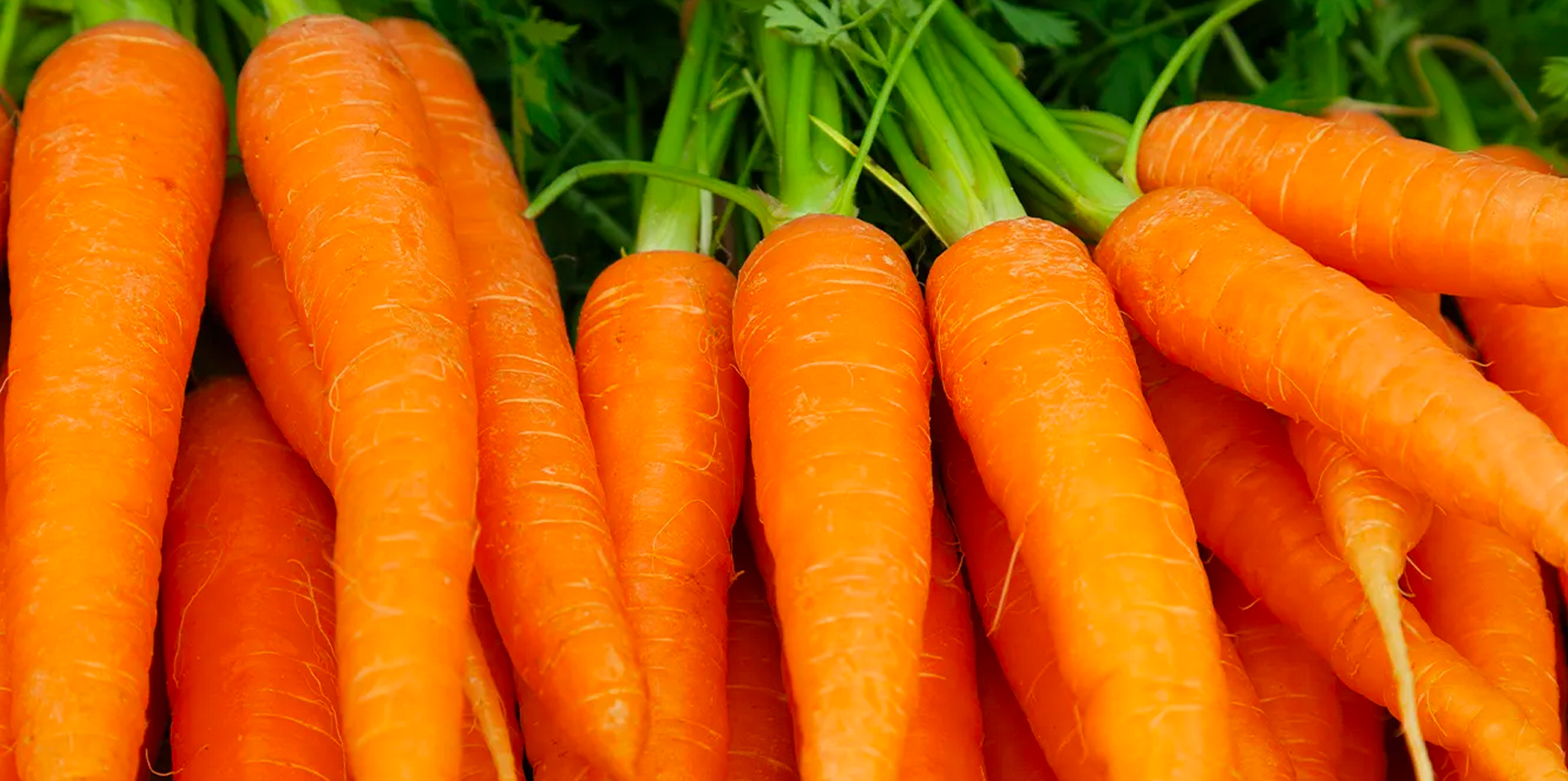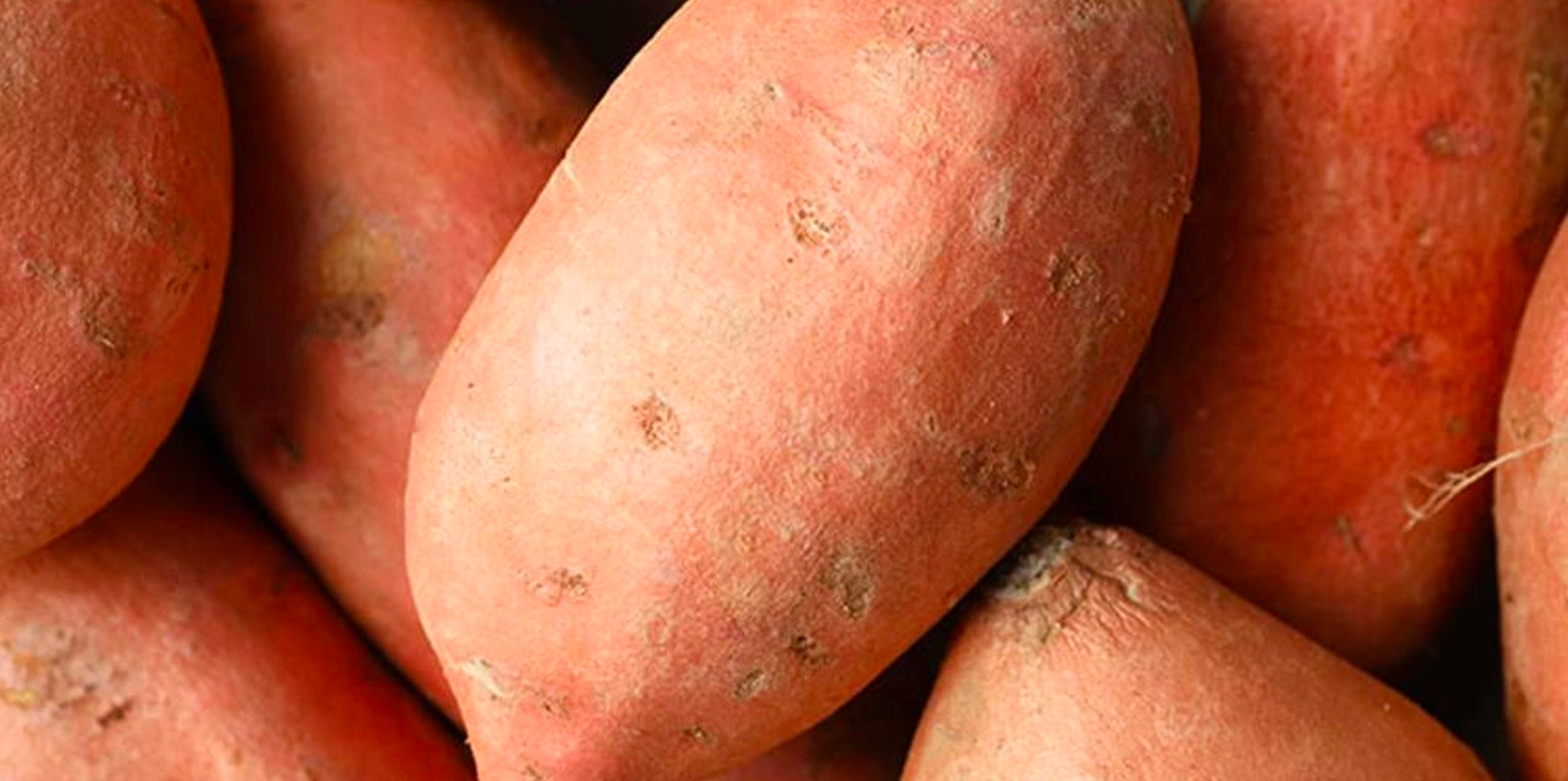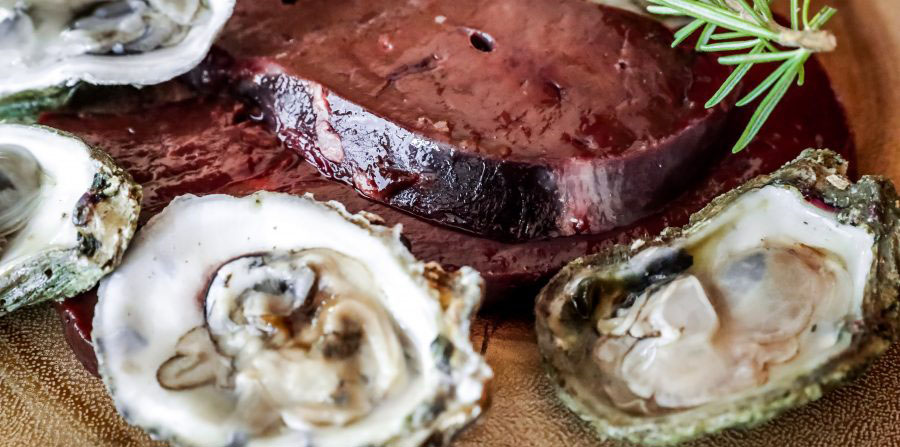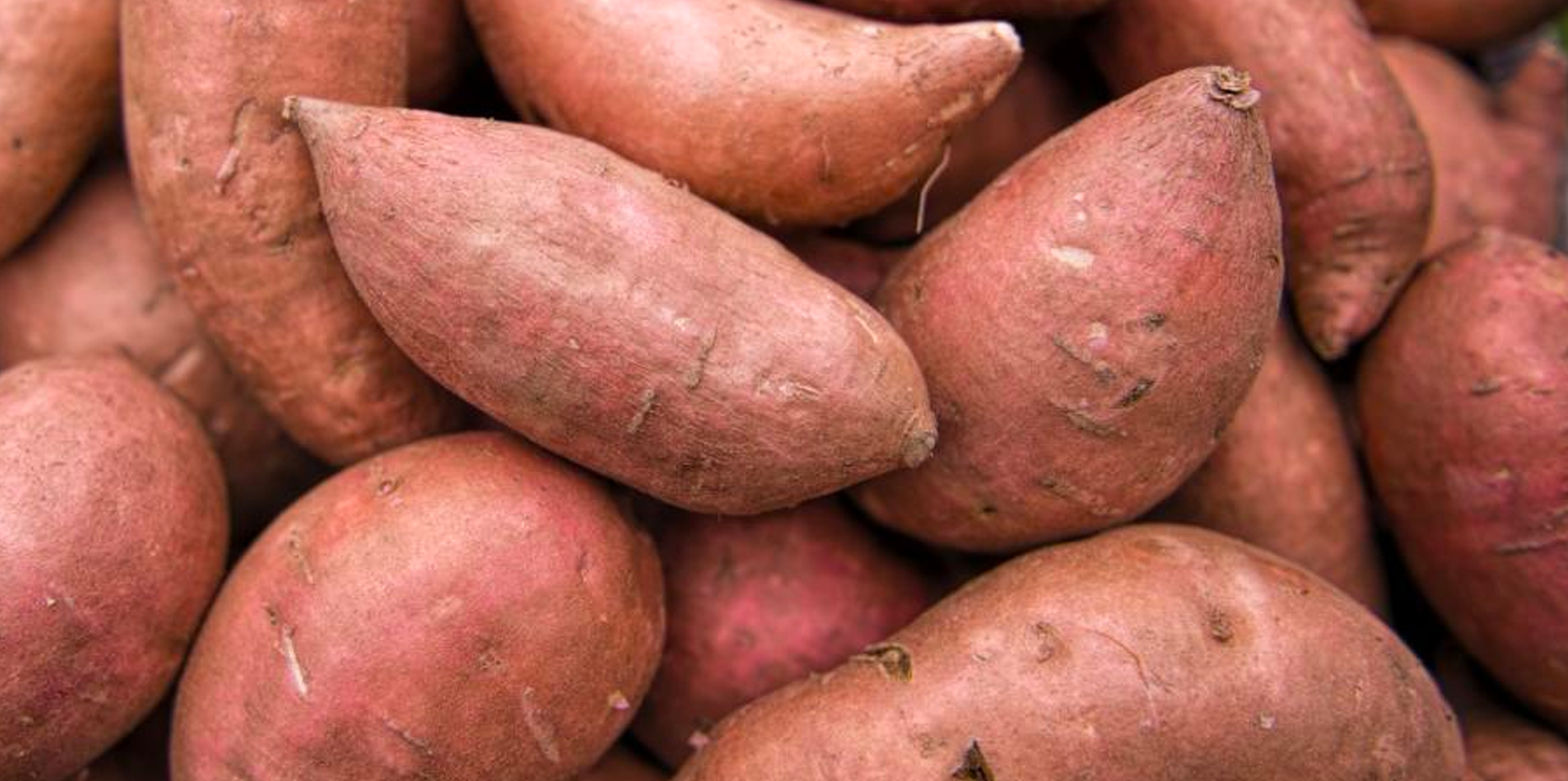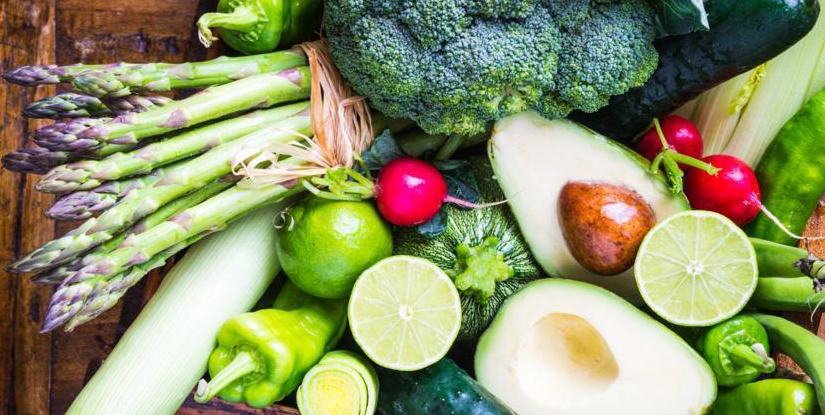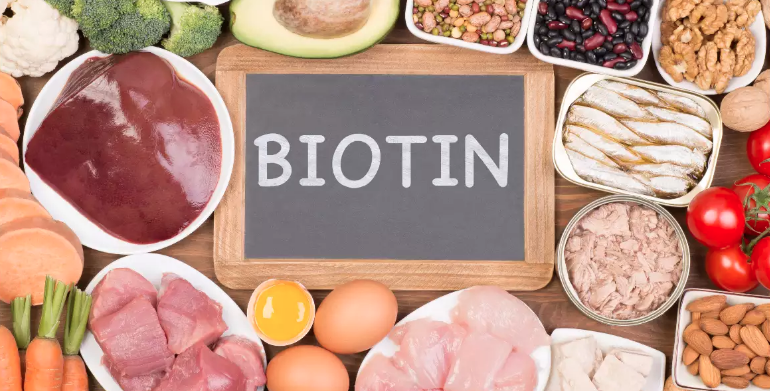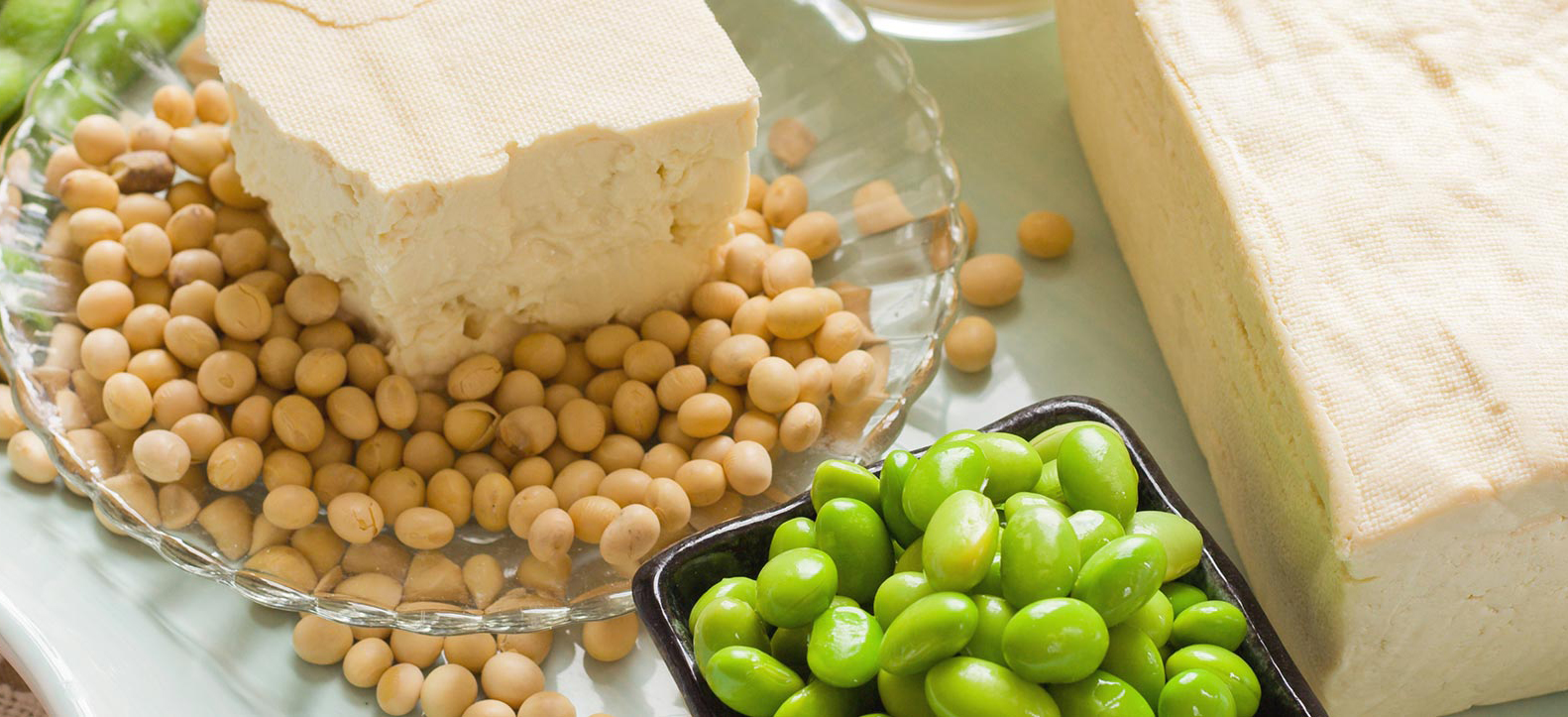Vitamin A is an essential fat-soluble micronutrient needed for optimal immunity, vision health, and cellular function (1, 2). This vitamin can help reduce the risk of macular degeneration when combined with other supplements such as lutein and important antioxidants (3). Vitamin A is also responsible for keeping the immune system healthy, and it’s necessary for reproduction (4). Without vitamin A, it would be impossible to ward off well-known illnesses like the common cold. Since vitamin A is fat-soluble, it’s possible to get too much of it (5). Water-soluble vitamins like vitamin C are hard to overdose in (6).
This essential vitamin is also known as a retinoid, because of its vital role in eye and skin health (7, 8). One of the essential vitamins involved in the formation of vital organs such as the heart, lungs, and kidney is vitamin A (9, 10). Another health benefit of Vitamin A is that it’s proven to be a therapeutic option for infectious diseases, such as tuberculosis (11, 12). The body can’t produce vitamin A on its own, so it’s necessary to attain adequate levels through food and possibly supplementation (13). There are animal and plant dietary sources of vitamin A available. The daily recommended allowance of vitamin A is between 700 mcg and 900 mcg for men and women. This amount varies with age, sex, and specific health concerns.
Summary: Vitamin A is a fat-soluble vitamin the helps with immunity, vision, and cellular function. Combined with other nutrients, it may reduce risk of macular degeneration, and is even necessary for reproductive health. The body cannot make vitamin A, so it is essential to consume it. The daily recommended allowance varies with age, sex, and health concerns, but is about 700-900 mcg for women and men per day.
Table of Contents
Foods high in Vitamin A
Here is a list of foods high in vitamin A, make sure you get enough of this essential micronutrient in your daily diet.
1. Beef Liver
Beef liver is full of beneficial vitamin A. It’s the highest source of vitamin A out there (14, 15). Only one 3 ounce serving of beef liver contains around 6,500 mcg of vitamin A, which is 731 percent of the daily recommended allowance. Beef has always been a popular food choice, but beef liver is normally only common in a few countries. The United Kingdom is known for eating beef liver often, as it mixes it into many popular dishes, such as haggis.
The liver has a distinct texture and flavor compared to other parts of meat. Although beef liver is not the most traditional choice, it’s filled with tons of beneficial vitamins, even beyond vitamin A (16). It’s also extremely high in B-complex vitamins, such as folate and vitamin B6, iron, zinc, and much more (17, 18). If you’re not a big fan of the flavor, you can try beef liver jerky instead. Grass-fed beef liver jerky has the same vitamins and minerals, without experiencing the texture and flavor since it’s a mix.
Summary: Beef liver is the highest source of vitamin A. In just 3 ounces it contains 6,500 mcg of vitamin A, or 731% of the daily recommended allowance. It is also very high in folate, vitamin B6, iron, zinc, and much more. If you don’t enjoy the taste or texture of regular beef liver, beef liver jerky is an option that has a more mild flavor.
2. Sweet Potato
Sweet potatoes are a great choice and substitute for white potatoes if you want to get some extra nutrition and flavor. Just one baked sweet potato has 1403 mcg of vitamin A, making up 156 percent of the daily recommended amount. Sweet potatoes also promote a healthy gut microbiome (19, 20). One study in the National Institutes of Health (NIH) showed there was improved digestion and absorption in the gut when sweet potatoes were in the mix (21).
If you’re tired of plain white potatoes, try to add some sweet potatoes into your diet more often. Their high vitamin profile helps to improve vision, and they can even help support a healthy brain (22, 23). A naturally sweet starchy vegetable, sweet potatoes can easily become a preference for even the pickiest eaters. You can sweet potato fries, toast them as you would toast, or just enjoy them baked.
Summary: Sweet potatoes are a highly nutritious choice and great alternative to regular potatoes. One baked sweet potato contains 1,403 mcg of vitamin A, or 156% of the daily recommended amount. Sweet potatoes have been shown to improve digestion and absorption in the gut, improve vision, and support a healthy brain.
3. Spinach
Spinach and some other dark leafy greens like swiss chard are high in vitamin A (24). Spinach packs in the most vitamin A, with nearly 600 mcg per serving. Aim for organic spinach when you can to avoid any pesticides or excess chemicals. Unable to get organic produce? Try frozen spinach instead. Spinach is also high in vitamins K, iron, folate, magnesium, and more (25, 26).
Plant and animal sources of vitamin A are different. Animal sources of vitamin A are in the form of retinol, which is needed to digest in the body (27). Plant sources of vitamin A are considered carotenoids, which need to be converted into retinol in the body for proper use (28). Try to vary plant and animal sources of vitamin A. This will ensure you’re getting optimal amounts of essential vitamin A.
Summary: Spinach is very high in vitamin A, K, iron, folate, and magnesium. In one serving spinach contains 600 mcg of vitamin A. Organic or frozen spinach are great choices. Plant sources of vitamin A are considered carotenoids, which need to be converted into retinol for the body to use. Vary your plant and animal sources to optimize vitamin A intake.
4. Carrots
Just a 1/2 cup of raw carrots contains 459 mcg of vitamin A. Carrots are the go-to vegetable by many in regards to eye health. Some even say carrots look like an eye because they’re good for eye health. Studies show that one of the crucial nutrients for eye health in age-related eye disease is vitamin A, and carrots are often a part of this group (29).
How can you add more carrots to your diet? Use a vegetable peeler to throw shredded carrots in many dishes. Whether it’s a traditional salad or even baked goods, carrots can add a naturally sweet flavor to many meals and snacks. You can even shred carrots on dishes with fish, quesadillas, rice dishes, veggie pancakes, and much more. Get creative in the kitchen, and don’t be afraid to add carrots into your favorite meals.
Summary: Carrots are a go-to favorite vegetable for eye health. Just 1/2 cup of raw carrots contains 459 mcg of vitamin A. Add more carrots to your diet by shredding and adding to baked goods, salads, quesadillas, pancakes, rice, and much more.
5. Milk and Cheese
Dairy products like milk and cheese are also high in vitamin A (30, 31), particularly skim milk and ricotta cheese. Ricotta cheese contains 263 mcg of vitamin A in just one cup. Milk follows with around 149 mcg in the same serving size. Milk often contains added vitamins A and D, as well (32). Dairy like milk and cheese is a staple food for many, but it’s ok to leave it out, too. Many are lactose intolerant, so dairy is not a viable option for them.
In ayurvedic medicine, dairy is a grounding food (33), like the concept of a mother’s milk nurturing the young. That’s because Ayurveda teaches that it has a cooling effect on the body, which helps to balance energy depending on a person’s specific personality type (34). Dairy is a widely debated food source because many people have allergies or sensitivities to it. See how dairy works for you by listening to how your body reacts to different types.
Summary: Dairy products like milk and cheese are rich in vitamin A. Skim milk and ricotta cheese are especially high, ricotta containing 263 mcg in just one cup. Milk has 149 mcg per cup and has both vitamin A and D.
6. Herring
Herring is a type of cold-water fish, similar to sardines. Although both types of fish are healthy, herring is far superior when it comes to vitamin A (35). Just 3 ounces of herring contains 239 mcg of vitamin A, which is 24 percent of the daily recommended allowance. Herring is also known as a “super fish,” because of its high nutrient profile (36). It’s not only high in vitamin A, but it also has high amounts of antioxidants and heart-healthy omega-3 fatty acids (37, 38). It’s also an excellent source of vitamin D, B12, and selenium (39).
Herring often comes canned but it’s also available fresh. Canned herring packs just as much nutrition, is cost-effective, and extremely easy to prepare. Some easy herring meals include tomato and herring, herring with yogurt sauce, all types of baked herring, and much more.
Summary: Herring, a cold-water fish similar to sardines, is extremely healthy. 3 ounces of herring contains 239 mcg of vitamin A, or 24% of the daily recommended allowance. It has a high nutrient profile including antioxidants, omega-3 fatty acids, vitamin D, B12, and selenium.
7. Cantaloupe and Mango
Cantaloupe and mango are classic favorite sweet fruits high in vitamin A (40). Both have over 100 mcg of vitamin A per serving, and cantaloupe has a bit more than mango. Both fruits are excellent to boost immunity, lower cholesterol, improve skin and eye health, and even improve digestion (41, 42). Cantaloupe and mango can also help to maintain a healthy weight and improve blood pressure (43). Both fruits are also naturally high in fiber.
The easiest way to consume these fruits is to buy them frozen and pre-cut. Mangos can be a bit tricky to cut for some but buying them frozen avoids extra steps. Simply enjoy them frozen for the easiest way to consume vitamin A and many other essential nutrients. These fruits can go in many dishes as well. Mangos go great with seafood dishes, quinoa, and even tacos.
Summary: Cantaloupe and mango are very high in vitamin A, fiber, and other essential nutrients. Both contain over 100 mcg of vitamin A per serving. They help boost immunity, lower cholesterol, improve skin and eye health, and promote healthy digestion. Purchase them pre-cut or frozen to save time, and enjoy in smoothies, seafood dishes, quinoa, or even tacos.
8. Peppers
Peppers have a wide range of nutrients available, including vitamin A (44). Only 1/2 cup of sweet raw peppers contains 117 mcg of vitamin A, which makes up 13 percent of the daily recommended allowance. Peppers are also high in vitamin C, folate, iron, and potassium (45). Raw peppers are a great snack choice to pair with ranch, hummus, or even your favorite salad mix. Cut peppers for a vegetable omelet or add them to chili dishes.
Summary: Just 1/2 cup of raw sweet peppers contains 117 mcg of vitamin A, or 13% of the daily recommended allowance, as well as vitamin C, folate, iron, and potassium. They make a great snack or addition to salads, omelets, tacos, or chili dishes.
Conclusion
It’s important to consume the right amount of vitamin A in your diet to reduce the risks of eye strain, macular degeneration, immune health, and much more. If you can, try to vary plant and animal sources of vitamin A to make sure your body can convert and digest it into its final form in the body. Vitamin A is a part of a long list of essential vitamins necessary for human development and healthy organ function.
Make sure your diet isn’t lacking in vitamin A by adding some of these foods rich in this powerful micronutrient.






